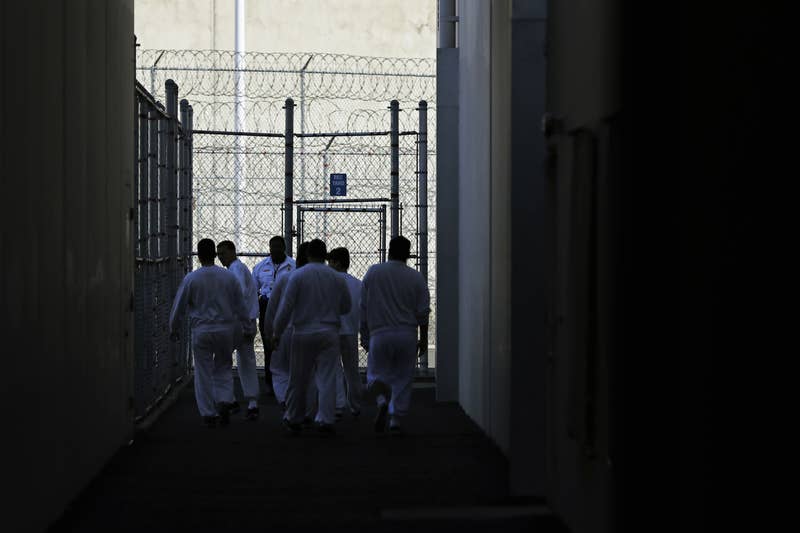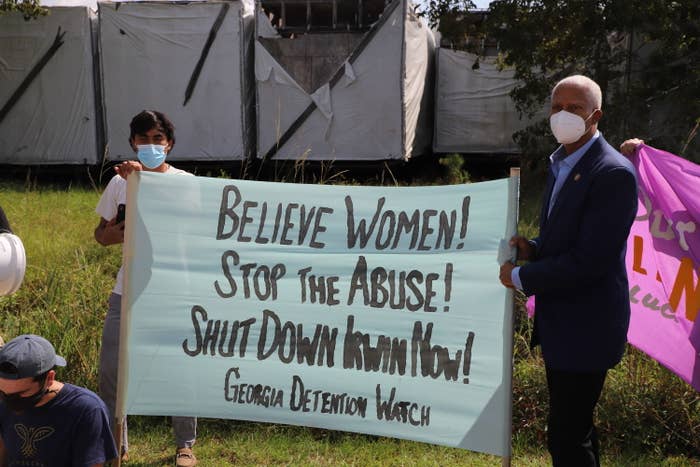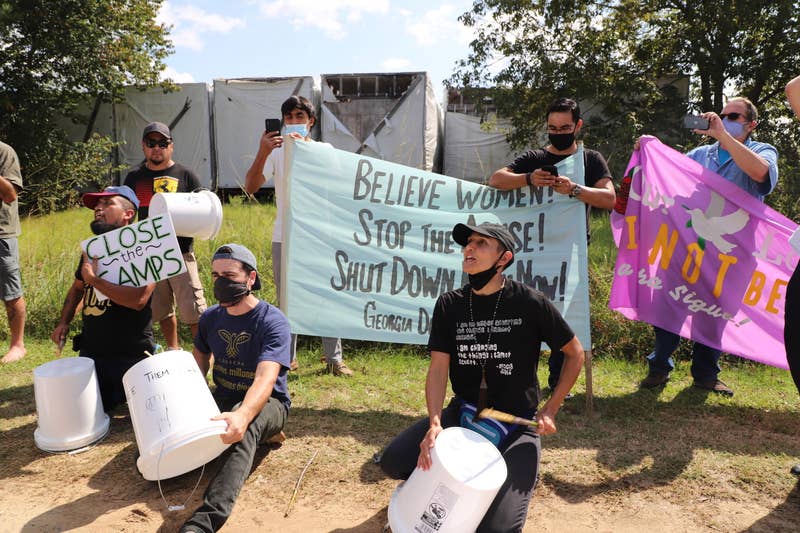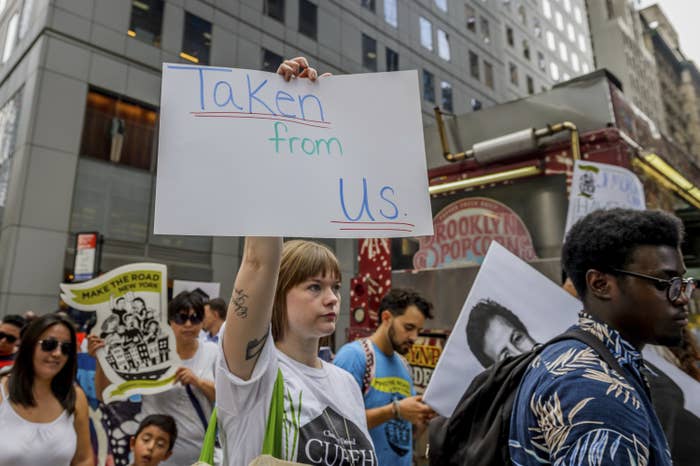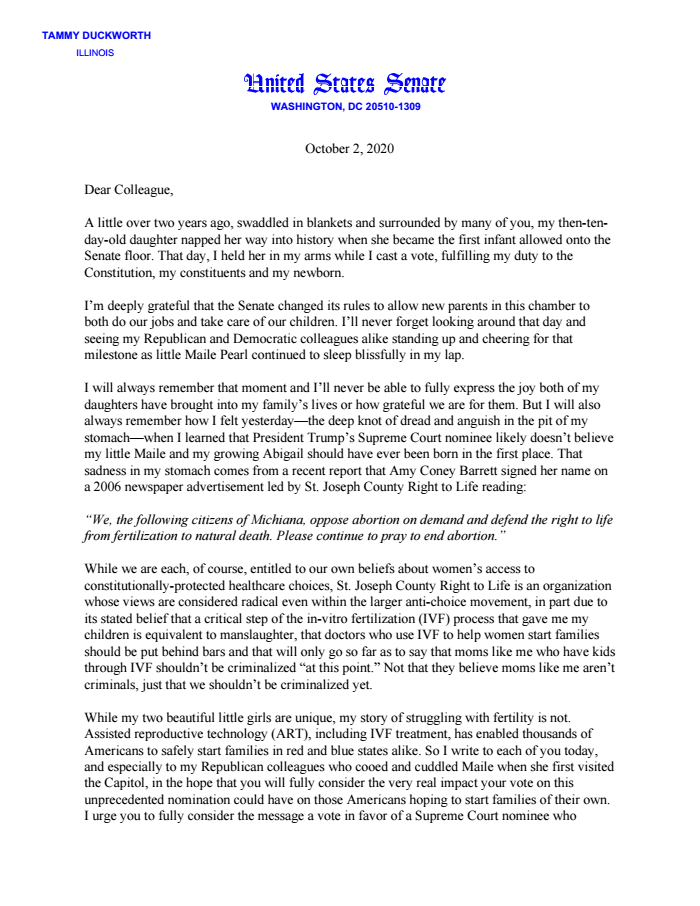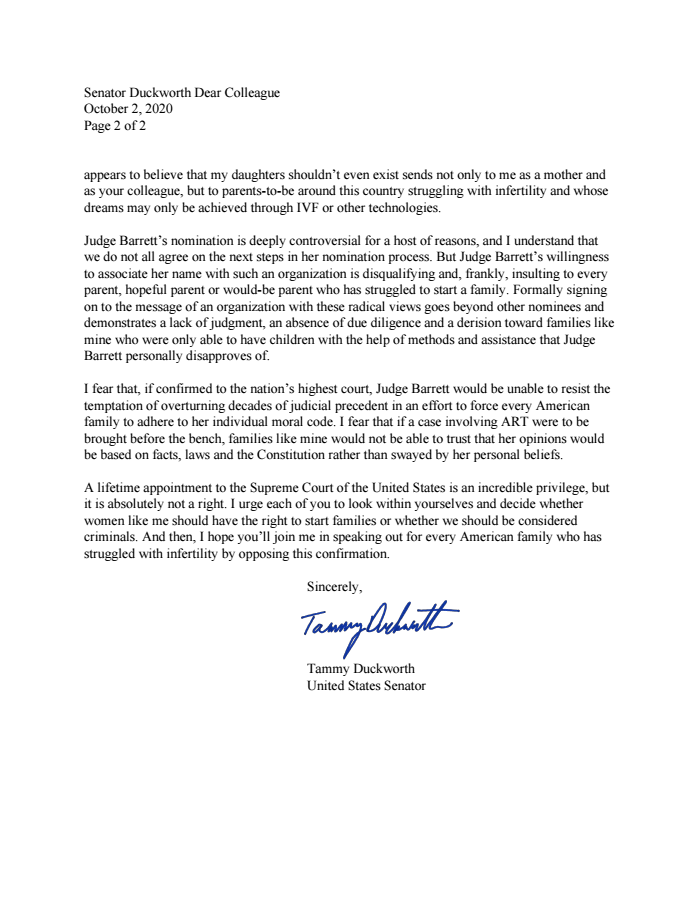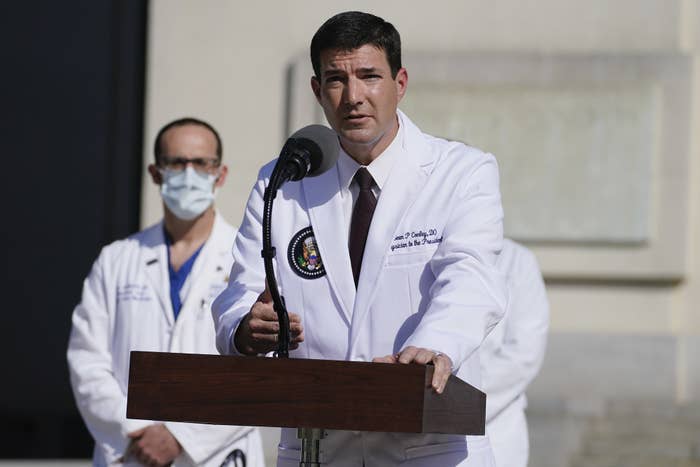Jeff Sessions Reportedly Told U.S. Attorneys ‘We Need to Take Away Children’
By Matt Stieb
FAMILY SEPARATION OCT. 7, 2020

Former Attorney General Jeff Sessions and former Deputy Attorney General Rod Rosenstein. Photo: Getty Images
Last year, the American Civil Liberties Union provided a better understanding of the scale of the abhorrent Trump administration policy of family separation at the border, when an ACLU lawsuit revealed that at least 4,300 undocumented children were separated by the Department of Homeland Security before the “zero-tolerance” order was rescinded in June 2018. The cruelty of the policy, however, is still coming to light.
On Tuesday, the New York Times published details from a draft of a Department of Justice inspector general report into the administration’s family separation policy. Unsurprisingly, it doesn’t seem the minds behind a plan to cleave children from their parents were concerned with the humanity of their idea. In a May 2018 meeting with five U.S. attorneys along the border, former Attorney General Jeff Sessions said, “We need to take away children,” according to the notes of those in the room. In shorthand, one participant captured the deterrence policy quite succinctly: “If care about kids, don’t bring them in. Won’t give amnesty to people with kids.”
By Matt Stieb
FAMILY SEPARATION OCT. 7, 2020

Former Attorney General Jeff Sessions and former Deputy Attorney General Rod Rosenstein. Photo: Getty Images
Last year, the American Civil Liberties Union provided a better understanding of the scale of the abhorrent Trump administration policy of family separation at the border, when an ACLU lawsuit revealed that at least 4,300 undocumented children were separated by the Department of Homeland Security before the “zero-tolerance” order was rescinded in June 2018. The cruelty of the policy, however, is still coming to light.
On Tuesday, the New York Times published details from a draft of a Department of Justice inspector general report into the administration’s family separation policy. Unsurprisingly, it doesn’t seem the minds behind a plan to cleave children from their parents were concerned with the humanity of their idea. In a May 2018 meeting with five U.S. attorneys along the border, former Attorney General Jeff Sessions said, “We need to take away children,” according to the notes of those in the room. In shorthand, one participant captured the deterrence policy quite succinctly: “If care about kids, don’t bring them in. Won’t give amnesty to people with kids.”
Sessions isn’t the only DOJ official whose callousness is put on full display in the inspector general’s draft. A week or so after the meeting in which Sessions gave his direction to turn the detention of children into a political tool, Deputy Attorney General Rod Rosenstein got back on the phone with the same group of U.S. attorneys:
Rod J. Rosenstein, then the deputy attorney general, went even further in a second call about a week later, telling the five prosecutors that it did not matter how young the children were. He said that government lawyers should not have refused to prosecute two cases simply because the children were barely more than infants.
“The department’s single-minded focus on increasing prosecutions came at the expense of careful and effective implementation of the policy, especially with regard to prosecution of family-unit adults and the resulting child separations,” the draft report states, while detailing for the first time several new offenses. In their zeal to pursue family separation cases, one Texas prosecutor informed their boss that “sex offenders were released” as a result. Another government prosecutor wrote that officials took “breastfeeding defendant moms away from their infants.”
While condemnation for the policy has largely been channeled toward former Department of Homeland Security head Kirstjen Nielsen, the inspector general’s report reveals that the driving inspiration for the vile policy came from the Department of Justice:
For two years, Ms. Nielsen has taken the brunt of the public criticism for separating migrant families because of her decision to refer adults crossing the border illegally with children for prosecution. A day after the president’s retreat, Mr. Sessions distanced his department from the decision, telling CBN News that “we never really intended” to separate children.
That was false, according to the draft report. It made clear that from the policy’s earliest days in a five-month test along the border in Texas, Justice Department officials understood — and encouraged — the separation of children as an expected part of the desire to prosecute all undocumented border crossers.
And while Sessions’s opinion on migrants — as well as that of his former aide, Stephen Miller — has been public for some time now, the draft also displays the indifference of Rod Rosenstein, who said of the welfare of children taken from their parents: “I just don’t see that as a D.O.J. equity.”
Rod J. Rosenstein, then the deputy attorney general, went even further in a second call about a week later, telling the five prosecutors that it did not matter how young the children were. He said that government lawyers should not have refused to prosecute two cases simply because the children were barely more than infants.
“The department’s single-minded focus on increasing prosecutions came at the expense of careful and effective implementation of the policy, especially with regard to prosecution of family-unit adults and the resulting child separations,” the draft report states, while detailing for the first time several new offenses. In their zeal to pursue family separation cases, one Texas prosecutor informed their boss that “sex offenders were released” as a result. Another government prosecutor wrote that officials took “breastfeeding defendant moms away from their infants.”
While condemnation for the policy has largely been channeled toward former Department of Homeland Security head Kirstjen Nielsen, the inspector general’s report reveals that the driving inspiration for the vile policy came from the Department of Justice:
For two years, Ms. Nielsen has taken the brunt of the public criticism for separating migrant families because of her decision to refer adults crossing the border illegally with children for prosecution. A day after the president’s retreat, Mr. Sessions distanced his department from the decision, telling CBN News that “we never really intended” to separate children.
That was false, according to the draft report. It made clear that from the policy’s earliest days in a five-month test along the border in Texas, Justice Department officials understood — and encouraged — the separation of children as an expected part of the desire to prosecute all undocumented border crossers.
And while Sessions’s opinion on migrants — as well as that of his former aide, Stephen Miller — has been public for some time now, the draft also displays the indifference of Rod Rosenstein, who said of the welfare of children taken from their parents: “I just don’t see that as a D.O.J. equity.”




